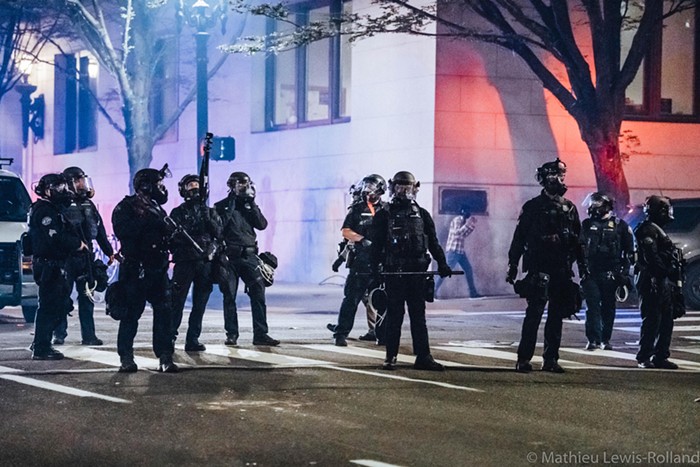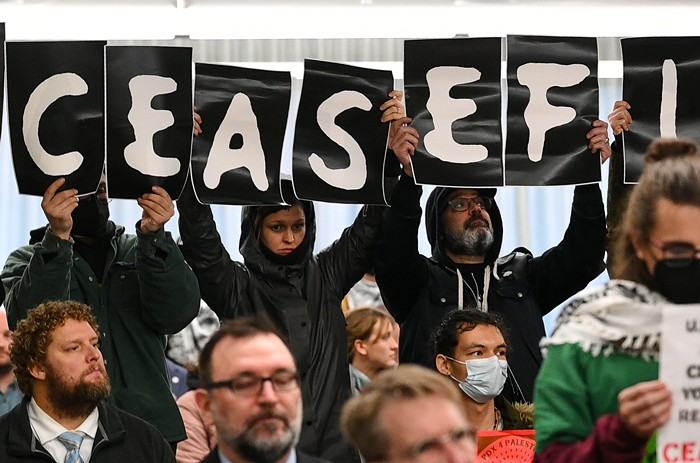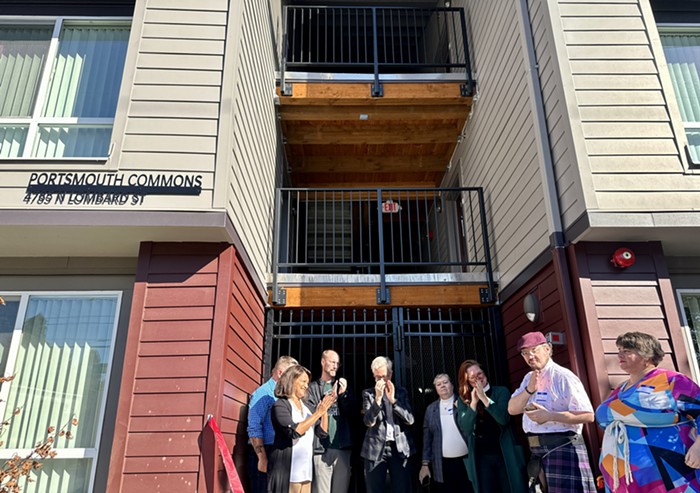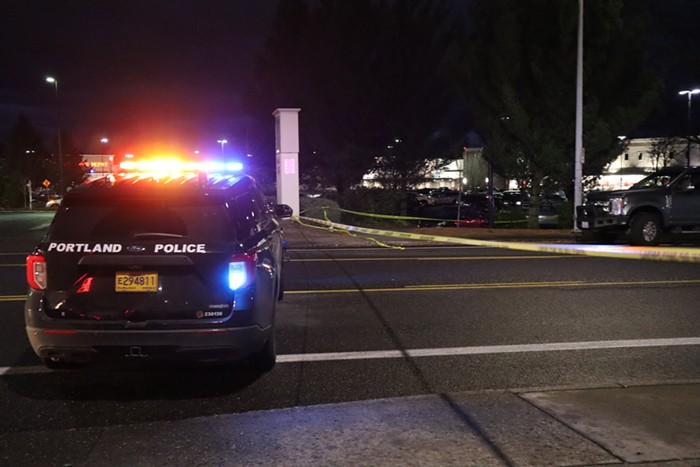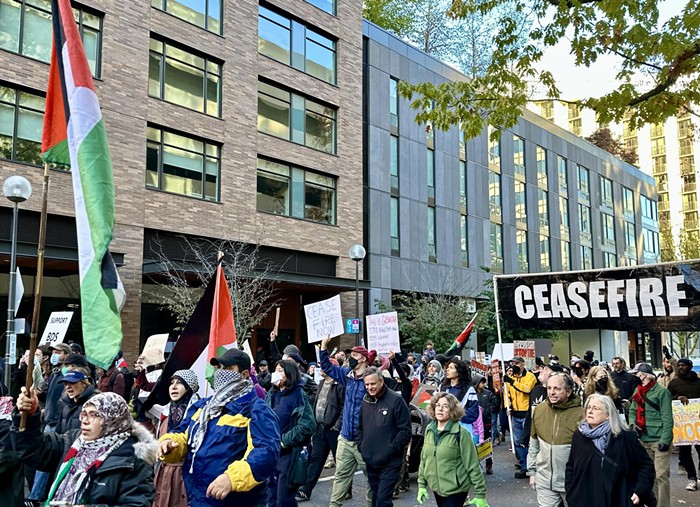Portland needs 123,000 new housing units over the next 20 years if it's going to accommodate the 400,000 new residents that are going to move here, and those new units are all going to need to go within existing boundaries, says Metro.
Metro Council on Thurs., Nov. 12 voted unanimously to keep the Urban Growth Boundary (UGB)—the boundary separating urban development from protected farmland—where it is. The councilors consider re-bounding the area every six years, and this year is the first time in more than a decade that they've elected not to move it.
Earlier this year, Metro President Tom Hughes during a presentation at City Club said studies show the city has a 20-year supply of buildable residential and industrial land, though he also said the council is "nervous about the projections" and admitted the studies could have been affected by the recession.
The decision came after Metro worked with other local government agencies to come up with the "Buildable Land Inventory," which studies how much land within the current UGB is either vacant or underutilized. According to that study, and even with current zoning there's enough room for 400,000 new units, including 118,000 single-family homes.
Metro's got a lot of numbers (in some neat infographics) about how Portland's growing:

- Oregonmetro.gov
And, I think we all knew this, but most of the people moving here are coming from California. Metro's study says that the top five cities contributing to Portland's growth are, in order: Los Angeles, San Francisco, New York, San Diego, and Riverside.
Metro is planning on doing periodic check-ins on how the region is growing. The latest is an interesting read.

